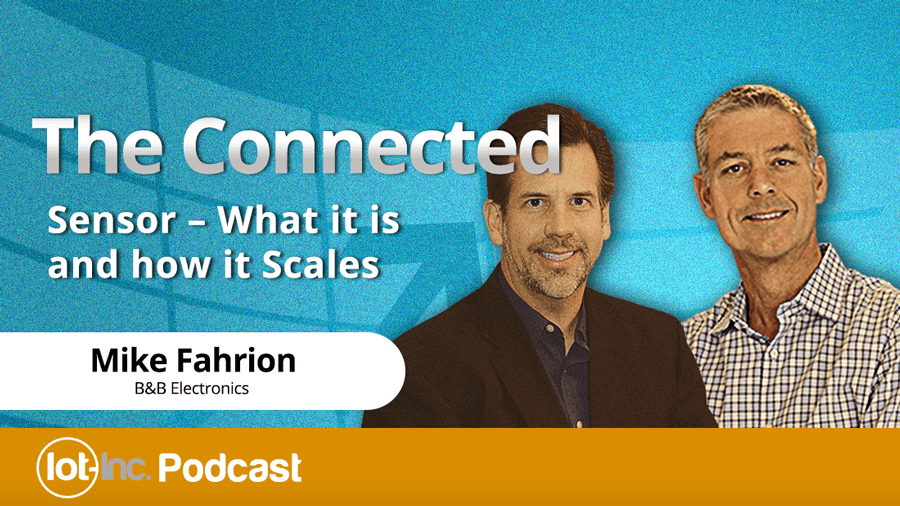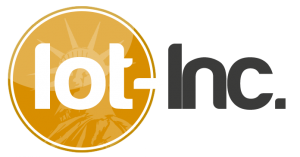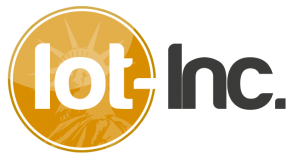02 Dec The Connected Sensor – What it is and how it Scales

Episode 3
Sensors from the M2M world are evolving into connected sensors for IoT. Same sensor tech but now the sensor needs to communicate outside of a local and often proprietary network. Goodbye 35 year-old Modbus, used in SCADA of yesteryear and hello layered communication, needed in the Internet of Things to onboard billions of sensors. In this episode of the IoT Inc Business Show, Mike Fahrion explains not only the anatomy of today’s connected sensor, but also why we’re moving to a layered communication stack.
Mike Fahrion explains not only the anatomy of today’s connected sensor, but also why we’re moving to a layered communication stack.
Mike is the director of product management at B&B Electronics and the company’s Internet of Things strategist. He is an expert in data communications, with 20 years of design and application experience at the “edge” of networks in remote, harsh or uncontrolled environments. Mike is a speaker and author and has a newsletter, eConnections, which has over 50,000 monthly subscribers.
Siloed communication of the M2M age doesn’t scale. Abstracting communication into 3 layers: the media layer (the physical hardware – wired and wireless), the communication layer (the way the data is organized before being sent) and the application layer (raw data augmented with meta or semantic information,) simplifies and scales the usage of IoT data by separating how the data was produced from how it is consumed – just like today’s internet apps.
Here’s What We’ll Cover in this Episode
- The networking differences between SCADA of M2M fame and today’s IoT networking technology – it gets down to semantics, storage and scale.
- Why it’s important to separate the producer of the data with the consumer of the data.
- How businesses adopting IoT usually have one of two competencies needed to deploy and how they compensate.
- The real-world issues with standardization
- Sensor pricing – what you should expect to pay per sensor class.
- The two main factors that affect the price of your sensors.
- Other costs to consider beyond the cost of the connected sensor.
- The evolution of carriers and their approach to putting their brand on IoT.
- How new equipment sensing is different from sensing in the industrial space.
Mentioned in this Episode and Other Useful Links
Support this Podcast
If you have been enjoying this podcast, there are a few ways you can support it:
- Share it on social by clicking on the widget on the left or bottom of the page.
- Click here to open iTunes and leave a one-click review or write your thoughts.
- Consider becoming a Certified IoT Professional by enrolling in the ICIP online training program.

Ways to Subscribe to the IoT Business Show
Like what you hear? Subscribe to get each episode delivered to your device via iTunes, Spotify, Google Play, Stitcher Radio or RSS (non-iTunes feed).
Have an opinion? Join the discussion in our LinkedIn group
What do you think are issues standing in the way of the smart sensor?
Click here if you have an opinion on this podcast or want to see the opinion of others





